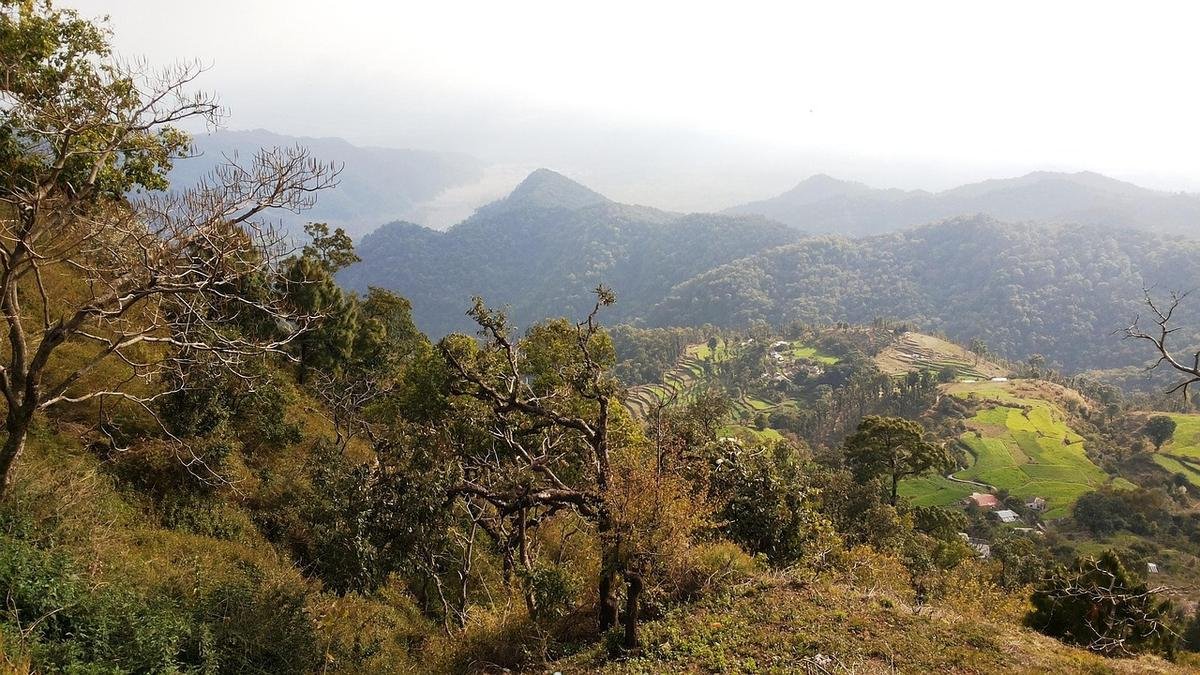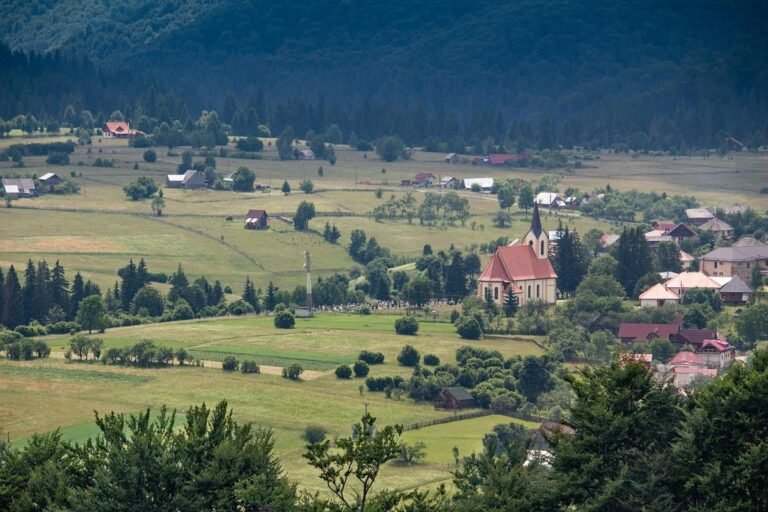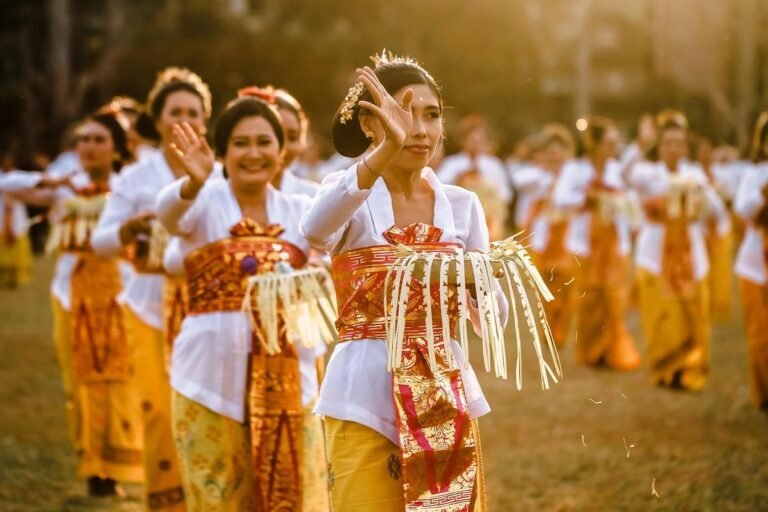758-Hectare Angseri Village Thrives on Sustainable Agriculture at Mountain’s Foot
Angseri Village in Baturiti District offers a striking combination of scenic hills, cultural depth, and a long history. Local fields and forest patches frame traditional homes, reflecting the role of agriculture in daily life. Spanning 758.160 hectares, the community keeps its rural character alive while meeting living requirements and maintaining environmental areas.
Land use in Angseri Village covers:
- 38.22 hectares set aside for housing
- 226.545 hectares devoted to rice paddies
- 642.16 hectares planted with dry crops and plantations
- 10.237 hectares preserved as forest
- 20 hectares used for public services
The village divides into four hamlets named Banjar Tegeh, Banjar Angseri, Banjar Angseri Kelod, and Banjar Munduk Lumbang. A network of roads links these neighborhoods. Provincial routes extend for 3 kilometers, while district roads total 4 kilometers. Together they support daily travel and local trade.
A census reports a population of 4,378 residents. Men number 2,205 and women 2,173. Every household practices Hinduism, shaping rituals, festivals, and social traditions. Deep respect for shared beliefs fosters cooperation and mutual support at community gatherings.
Farming accounts for jobs held by nearly 60 percent of the villagers. Rice, secondary crops, and coconuts form the core produce sold at nearby markets. Shops and stalls offer crafts, snacks, and processed farm goods. Income from these home industries boosts family earnings and diversifies local commerce.
Daily life in Angseri Village follows the principle of Tri Hita Karana. That concept brings together spiritual connection with the divine, harmony among neighbors, and respect for living surroundings. Ceremonies, communal work days, and rites of passage illustrate those values, encouraging unity and a serene living environment.
Artisans keep traditional skills alive through wood carving projects and the baking of ceremonial cakes. A sacred bamboo grove spans 15 hectares on land set aside for spiritual reflection and ecological stability. Animals and plants thrive under the canopy, reinforcing ties between residents and their woodland.
Agricultural terrain makes up 86.7 percent of the village area. Farming remains the economic pillar, yet a market stands at the center of trade. Small producers sell fresh vegetables, handicrafts, and homemade products. Families supplement income by crafting wood items, weaving baskets, or preparing packaged snacks.
At the base of the mountains, Angseri Village shines as a place where rural lifestyle and cultural richness meet. Its blend of fields, forests, and active customs shows how a community can preserve tradition while supporting its people.







